|
|
" I+ g/ t- ^- OQuestion: M4 H6 M( D5 c- D8 ~" K6 a) L
Testing an espresso coffee maker according to the new standard, there are some problems to define the time of operation for the heating test.
) O# m5 e! r& \$ H6 w/ AIn fact, in sub-clause 11.7.104 it is not clearly defined the time for producing coffee as the previous EN 60335-2-15/1996, where in the note in 1 of sub-clause 11.7 was stated "Unless otherwise stated in the instructions for use, one cup equals 100 cm³".! K/ l* ~ p- t B/ q( \5 j& V
As in the instructions the manufacturer makes reference only to the maximum quantity of powder coffee to put in the filter and not to the maximum quantity of coffee produced, is it possible to apply the note 1 of the previous edition also for the new one?7 d) ^& L% B) y8 y7 n% k
Decision:- n% a. O4 G* b5 I$ n% D8 ^
For automatic espresso coffee makers and espresso coffee makers provided with a jar, the brewing period is the time necessary to produce the maximum quantity of coffee allowed by the timer or by the capacity of the jar.
7 K) w3 ^* z( a5 {2 p# ~7 sFor manual espresso coffee makers, if the maximum quantity of coffee to be produced is not specified in the instructions, the brewing period is the time necessary to produce 100 cm³ of coffee for each cycle.( p- D {$ U' k+ @" U( A
Unless otherwise specified in the instruction, the following conditions are applicable for espresso coffee-makers having an outlet for supplying steam or hot water,
( r% ~' W! A5 A* v- Steam 1 minute or3 W) z) N; F. B
- Hot Water 100 cm³
4 G* p" F( O* B( DWhichever is more unfavourable“0 S6 o' U7 ]" v2 j4 ~
6 d1 \* I5 M) d, d V) w7 S
; g4 p, o4 r) O/ ^$ H8 J) P5 T% ?8 c9 U' G
9 h3 |& p8 }# F
|
本帖子中包含更多资源
您需要 登录 才可以下载或查看,没有账号?注册安规
x
|



 窥视卡
窥视卡 雷达卡
雷达卡 发表于 2012-9-8 18:33
发表于 2012-9-8 18:33
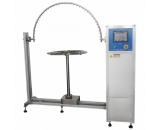

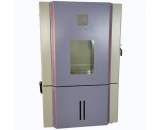

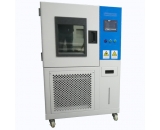

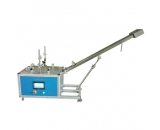

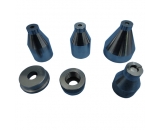






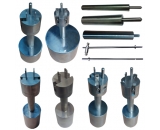
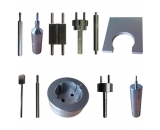
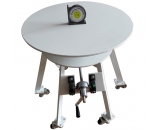
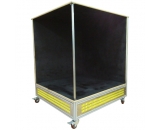

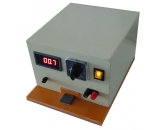
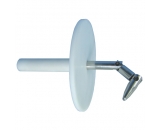
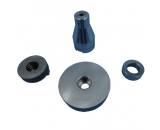
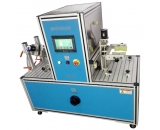
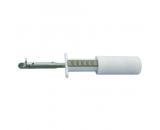
 提升卡
提升卡 置顶卡
置顶卡 沉默卡
沉默卡 喧嚣卡
喧嚣卡 变色卡
变色卡 抢沙发
抢沙发 千斤顶
千斤顶 显身卡
显身卡













